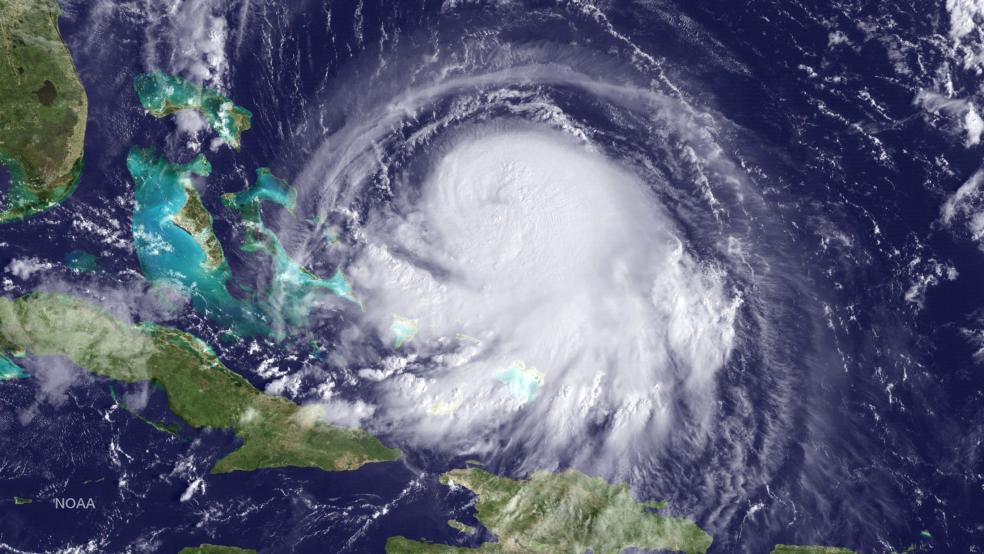For all the damage Superstorm Sandy caused, few people remember that by the time it made landfall in the U.S., it had already lost hurricane status. It’s actually been 10 years since the U.S. was hit with a category 3 or higher hurricane — enough time for some people to have forgotten the destruction those storms cause and to start moving in droves to coastal regions.
Now, however, that streak could be ending as Hurricane Joaquin stalks the East Coast.
Seven years after Ike hit the Gulf Coast in 2008, causing nearly $29.5 billion in damage in Texas, the combined populations of cities in that area have grown by 12.2 percent, or 1.8 million people. Houston had the largest population spike — more than 800,000.
Related: FEMA Does It Again: Overpays $177 Million in Hurricane Relief
The Atlantic Coast has also seen considerable population growth, especially in the Southeast. The last major hurricane to hit Miami was Hurricane Katrina in 2005, which caused around $630 million in damage (in 2015 dollars). Since then, over half a million people have moved to Miami. But the low-lying city, which lacks a sufficient number of seawalls and a complete levee, isn’t prepared for the next devastating hurricane.
Related: 6.6M Homes at Risk of Hurricane Damage This Year. Here’s Which States They’re In
Hurricane Joaquin is expected to hit the East Coast late this weekend. Meteorologists are predicting that Joaquin will join with another storm, leading to severe flooding ranging from the Carolinas to Maine.
Major #flooding in #Maine. #MEwx RT@originalgriz This is Portland, Maine, right now, outside the Whole Foods. pic.twitter.com/OIsRDtI58H
— The Weather Channel (@weatherchannel) September 30, 2015
The hurricane could flood major cities and communities along the coast.
Joaquin is currently a category 1 hurricane located around 245 miles east of the central Bahamas. With maximum sustained winds of 75 miles per hour, the hurricane is expected to hit parts of the central Bahamas on Wednesday night and Thursday.





